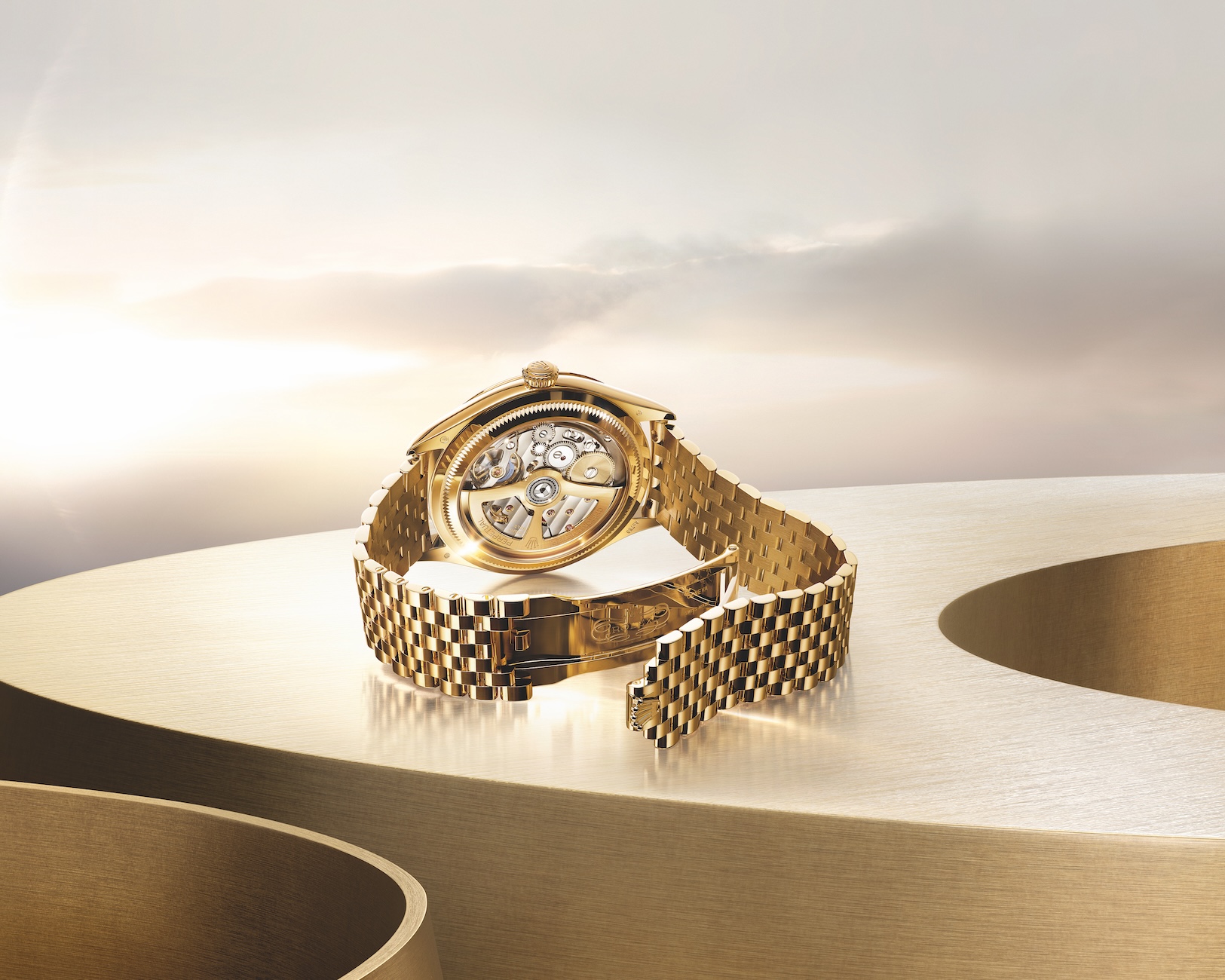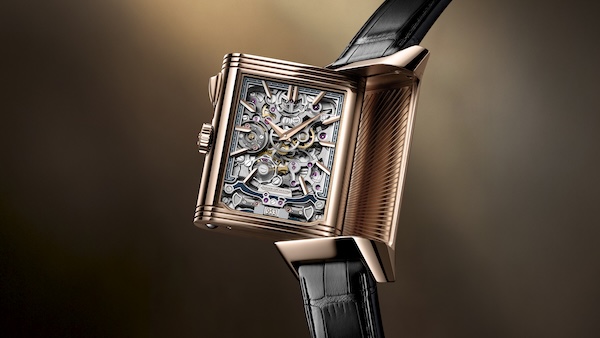Gold in Watchmaking: Why This Precious Metal Remains the Ultimate Standard
Although this precious metal has always fascinated humans, it has the distinction of being used as actual currency. As we wrote last year in the Summer, gold shares this characteristic with silver, but that is in the past. While no one uses gold as currency directly, there is still such a thing as the gold standard and central banks take care to very deliberately hoard gold. Consequently, gold is one of the most expensive metals in the world, far too precious for most practical uses. Why?

Writing for Forbes last year, precious metals expert Brandon Aversano noted that gold’s rise in value should not be dismissed as a “one-off” and we agree. This is despite what has happened due to the Trump presidency in the US; indeed, gold is rallying as we write this. Last year, we also discussed the value of gold and noted that it has not been lower than that of its supposedly more ostentatious cousin, platinum, since the 2008 financial crisis. That crisis itself has been the suggested cause of gold’s steady rise, as investors sought the comforting assurance of an exceptionally dense rare metal to alleviate their misgivings about the ephemeral treasures of contemporary financial markets. Not the densest metal, mind, but just dense enough…
Gold is perhaps universally seen as valuable. Even an individual such as Mansa Musa, the legendary but quite real Emperor of Mali, definitely understood its appeal. It is also easy to work – possibly the very first metal used by humans, according to the World Gold Council, and decorate, and hypoallergenic to boot. On that note, here is the promised tl;dr on gold.
Gold’s atomic number is 79 and, for those of you who care about such things, this indicates the number of protons in the element. The same is true for all materials cited in this section. Gold is a group 11 element in the periodic table and is listed, famously, as Au (a reference to its Latin name, Aurum). Within this group 11 of the chemical elements, gold is accompanied by copper, silver and roentgenium. The group is officially named the copper group, although they are collectively known as colloquially as the coinage group (for obvious reasons, with the exception of roentgenium).
Interestingly, the three metals used as currency have been known since prehistory, since all occur in metallic form, with no metallurgy needed to extract them. By way of contrast, roentgenium is a synthetic metal, created in the lab in 1994.
Gold will stay with watchmaking, but cost remains a major issue, and we will continue to look towards the share of watches in this precious metal as a barometer of how the industry is doing.
This story was first seen as part of the WOW #79 Summer 2025 Issue
For more on the latest in luxury watch reads, click here.
The post Gold in Watchmaking: Why This Precious Metal Remains the Ultimate Standard appeared first on LUXUO.





